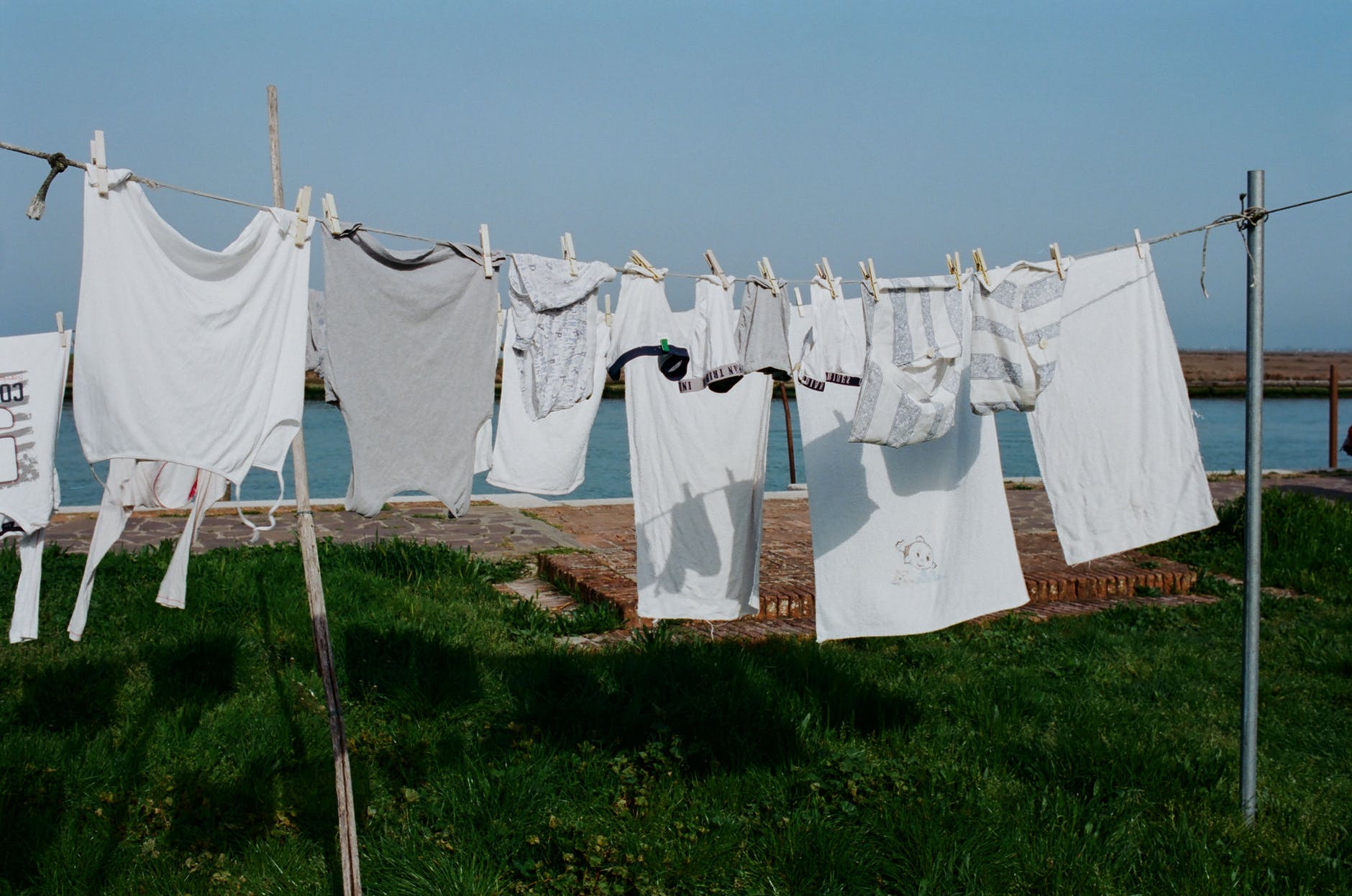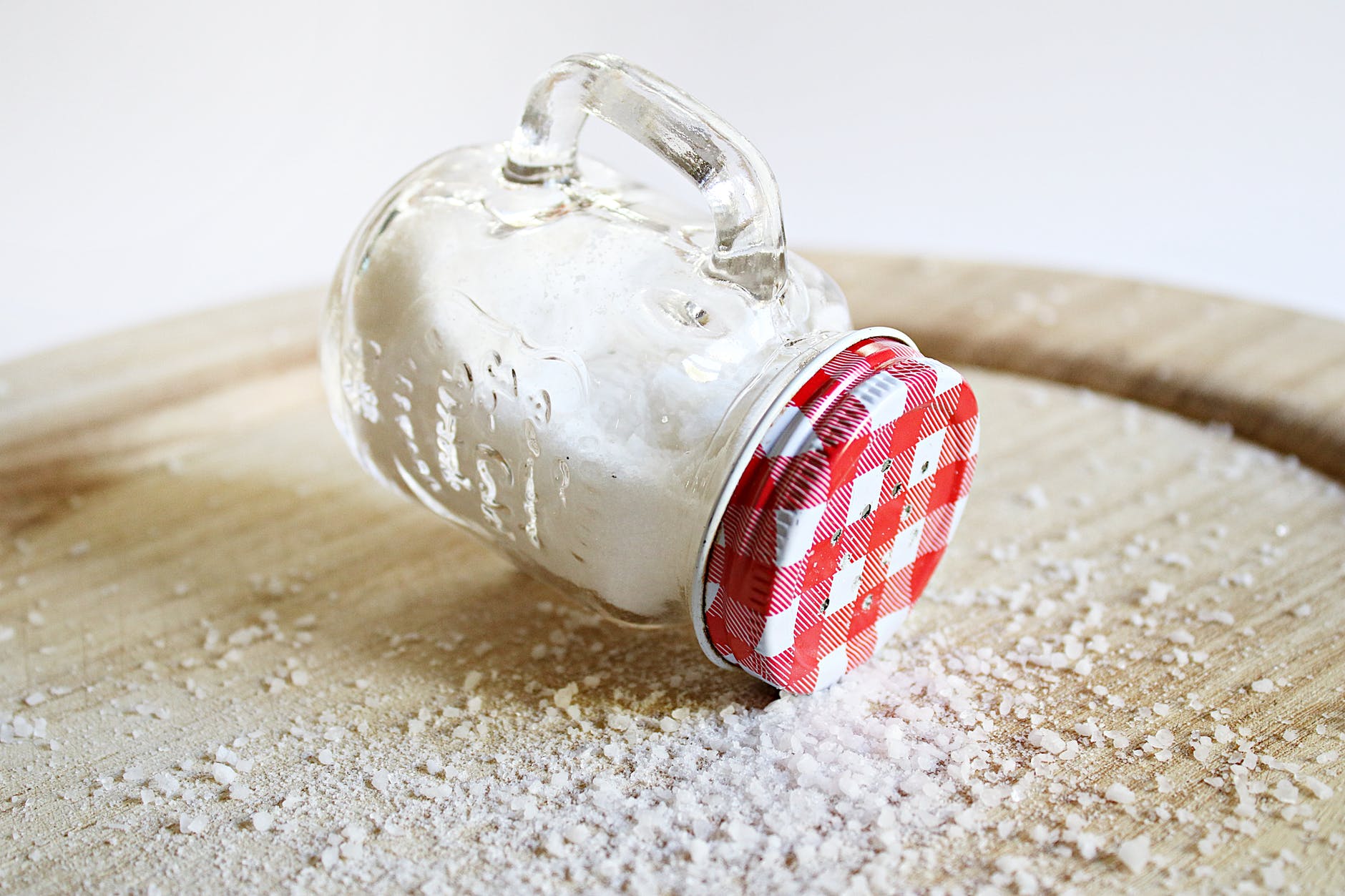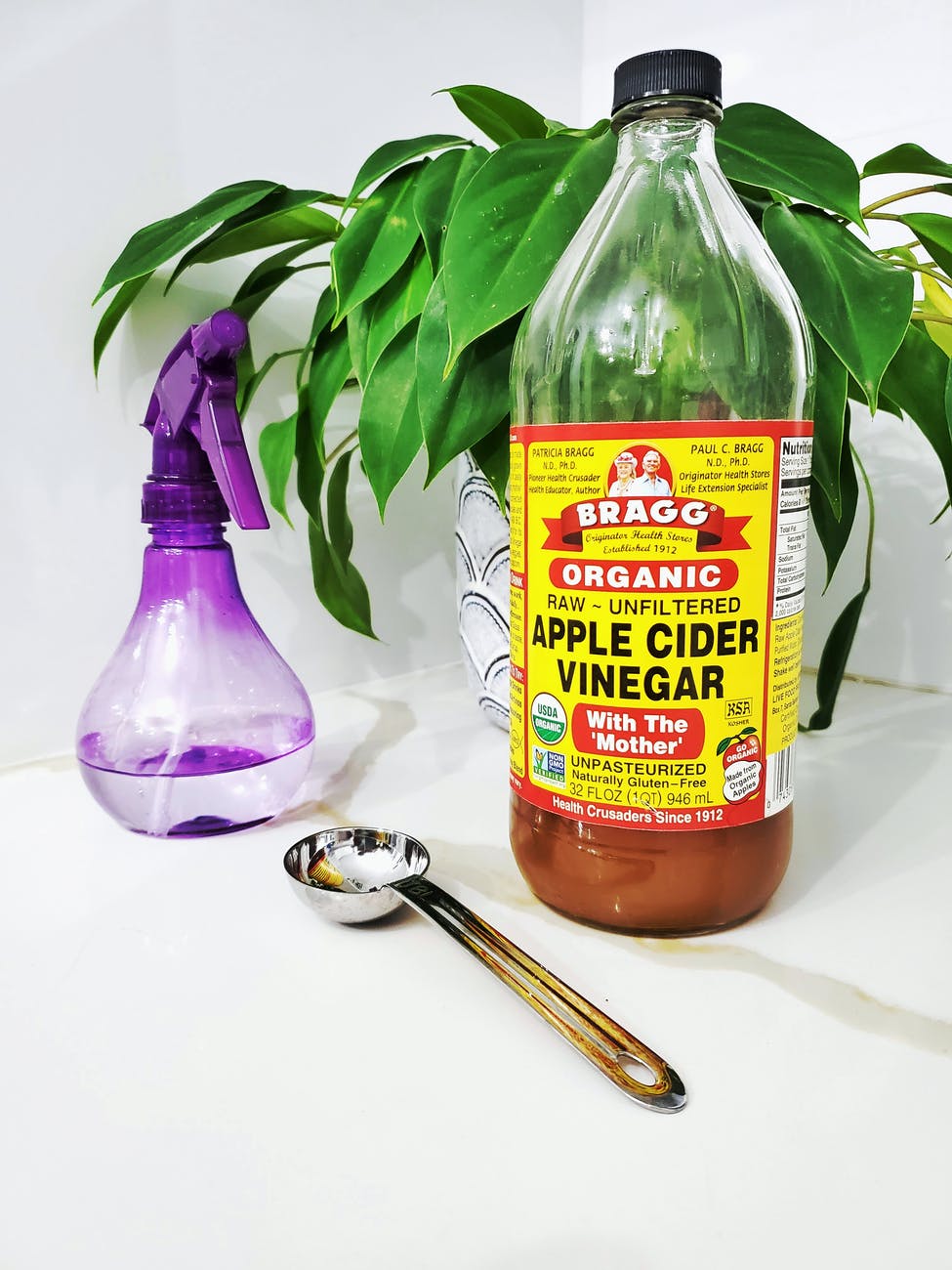As the elders used to say, “Cleanliness is next to Godliness.” Thus, cleaning has been a vital part of our daily lives, and one of the important ways of cleaning is washing clothes. Nobody wants to wreak like sweat under the noses of everybody, and Amish washers know the right washing recipe to be spic and span under the sun.
They don’t have to spend luxuries to get clean clothes, making it even more intriguing. How do they do it? How do the Amish wash clothes? Are you curious about how Amish washers get clothes clean? Take notes as you will find one of the essential life hacks in the world of laundry led by our experts, the Amish washers.
Just as a bit of background check, being a conservative Anabaptist community, the Amish live a straightforward life following the path of God. Very far from the norms today, Amish people usually avoid modern technology. The degree to which Amish groups avoid each other varies among old-order Amish, new-order Amish, beachy Amish, and Swartzentruber Amish.
You might have questions in mind because, with the absence of machines, how do Amish washers manage to pull off that clean and sleek look on their clothes? All you need to know about the secrets of Amish washers will be exposed just afterward.
Uncovering Amish washers
You might be wondering if it’s not the machines that do the washing of clothes, then who does? Amish washers compromise of homemakers who often follow a strict washing schedule to the point that they have a designated day for it called Laundry day! For most homes in some towns, this may be the same day of the week where all Amish washers gather to do laundry; usually, laundry day falls on Monday.
This job is no joke! Knowing that there is an average of 6 to 7 children in an Amish household, and sometimes even 8 to 10 or more, laundry takes up nearly a full day for Amish washers.
Amish washers Tools for washing
Though Amish washers are not pro-technology, they still use a bit of it to aid their washing. Wringer washers come in as a handy-dandy tool for Amish washers that were popular in the post-war era in America. Wringer washers are fundamental in design and are versatile enough to meet Amish technical constraints.
How do the Amish washers power their washers because they don’t have access to public electricity? Most Amish washers use a diesel generator to power wringer washers, typically used to create electrical power or operate a pneumatic air motor. Wring washers can be somewhat noisy and inconvenient, demonstrating the Amish’s electrical compromise. It may take a few loads to finish all of the laundries.
Amish washers Process of Drying
Amish washers do not use mechanical dryers, though some use “spinners” that spin water out of garments to speed up the drying process adds to the Amish housewife’s job. As a result, the Amish washers adopt the old-fashioned way of hanging garments to dry.
The clotheslines are in almost every Amish washers’ yard, where you will see many traditional “T” clotheslines, which hang garments at eye level. Another intriguing invention is the spool, which allows a long line of laundry to be strung from one place near the house to another high up in a tree or on a barn wall.
Monitoring the weather is vital for Amish washers since the drying process is highly dependent on sunny weather.
Amish Washers Life Hacks
Most of you know that the Amish washers live a life that emphasizes using organic and natural materials for everyday household tasks, especially when washing. If you are intrigued about the must-haves in the Amish washers’ laundry items, then try these zero-waste cleaners on for size if you’re seeking organic cleaning.
Oily Clothes Degreaser
Have trouble washing oily clothes? Not a problem if you are an Amish Washer! Amish washers remove grease stains from most textiles using a medium-strength salt solution. They apply the salt solution generously to the oily portion of the fabric and spread it out on a level surface. Then Amish washers gently massage the affected area with a soft, lint-free dry towel and repeat the procedure if needed.
Washing Soda- Amish De-Greaser
Amish washers are very resourceful, and they also utilize washing soda in their laundry. Amish washers add about 1/2 cup of washing soda to a load of laundry to clear out orders, brighten clothes, and brighten the whites. Amish washers also sprinkle washing soda over clothes to help remove stubborn stains; however, do not keep it on for more than five minutes to be safe, as its alkalinity tends to cause holes in fibers.
Fabric Softener
Out-of-the-box Fabric Softener? Amish washers will shock you with their most used laundry magic fabric softener: vinegar! While doing clothes, Amish washers add a half cup of white vinegar and a few drops of essential oils to the last rinse. Vinegar softens the fabrics and leaves them smelling wonderful.
Amish washers also use borax and washing soda (sodium carbonate). Both borax and washing soda are in your local supermarket’s laundry aisle. Borax is a mineral that cleans, deodorizes, disinfects, softens water, and keeps cockroaches away naturally. Although washing soda is a wax remover or paint stripper, it can irritate the skin.
Spots Remover
Are you tired of those annoying spots on your clothes? Amish washers’ method will surely be a lifesaver for you. Amish washers wipe the spotty places with white vinegar or peanut butter to clean them in the blink of an eye. After the stain has cleared, scrape them all over and clean them.
Amish washers’ laundry is a sacred ritual done meticulously, primarily by their hands. What makes it more beautiful and intimate is that technology does not tamper with it; it is a product of Amish washers’ hard work and love for their families. Some of these norms might be very far-fetched to people who are used to modern technology, but we surely can’t deny that their methods save the most money and are very environmentally friendly.








